Boudoir photo shoot for people with chronic illnesses
Reading time 3 minutes
Your body tells a story of resilience. For many people with chronic illness, it is difficult to still feel beautiful, sexy or feel powerful. A boudoir photo shoot can give back exactly that feeling. In this article, you will read why such a shoot is healing, how to prepare and what to look out for for a safe and positive experience.
What a boudoir shoot can bring
At its core, a boudoir shoot is a professional photo session where you take centre stage regardless of aids, scars or physical changes. Thanks to careful lighting, poses and styling, you see yourself from a new, objective perspective instead of the medical context that often predominates. Clients regularly report greater body awareness, renewed self-confidence and have tangible images that remind them of their resilience. The shoot also marks a clear milestone in coping with a chronic condition: you get photos that you keep private or share with whoever you want.
Why a boudoir photo shoot in chronic illness?
Reclaiming your body
Being chronically ill can make you feel like your body is no longer 'yours'. Posing in lingerie or a silk kimono helps you take back control.
Boost for your self-confidence
Professional lighting, poses and styling put the focus on your strength and beauty. Many clients experience an immediate increase in self-esteem, even months after the shoot.
Celebrating new milestone
Just as you photograph a graduation ceremony, a boudoir shoot marks a new chapter in your life: I live and I shine.
What you can take into account
Listen to your body
Schedule the shoot on a day when your energy level is reasonably stable and take rest breaks when necessary. Respect signals of pain or fatigue; your comfort is paramount.
Arrange one support buddy
Bring a friend or partner who can lift things, give you positive encouragement and reassurance. Together, you'll be stronger and feel more relaxed.
Check medication timing
Keep your medication schedule and set reminders so that you take painkillers or other medication on time and stay comfortable during the shoot.
Be realistic about retouching
Discuss in advance to what extent scars will remain visible. Authentic traces of your journey can actually exude great strength and beauty.
Plan recovery time
Reserve the hours after the shoot to relax: a hot bath, light massage or a nap. This will allow your body to recuperate without extra social obligations.
Do you want your own boudoir photo shoot plans? Schedule a free introduction via our contact page and find out how we can schedule a shoot together and what the options are.



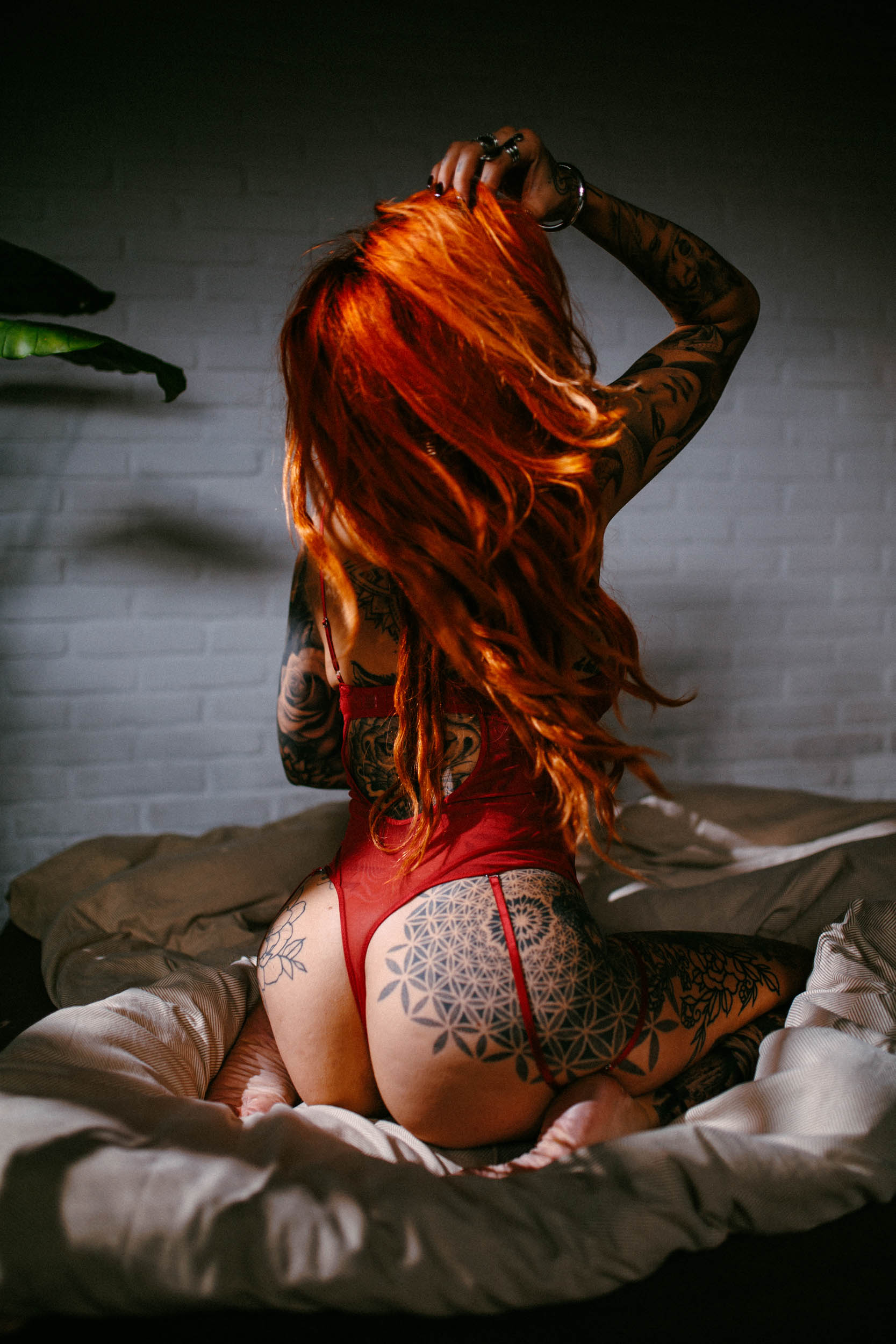
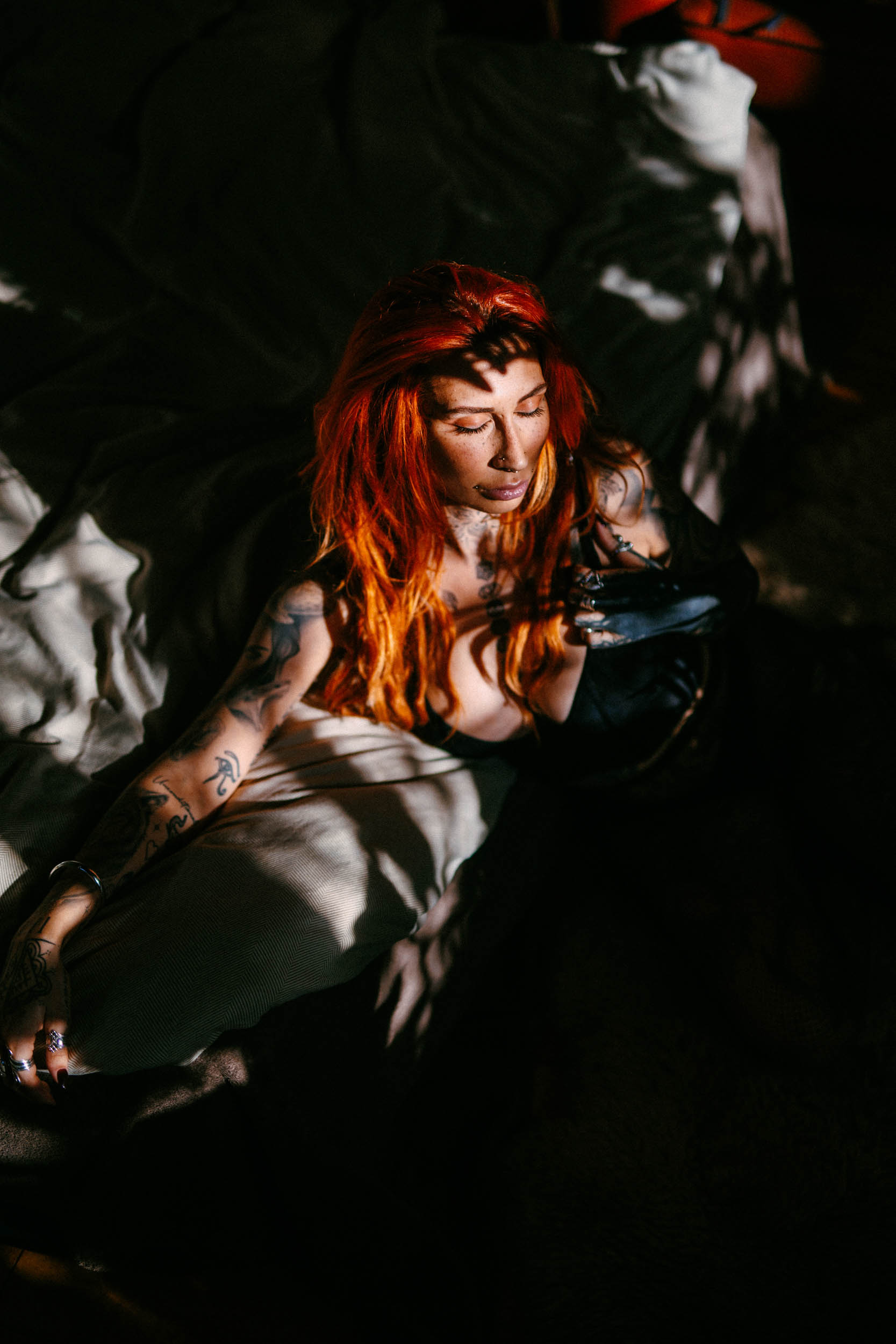

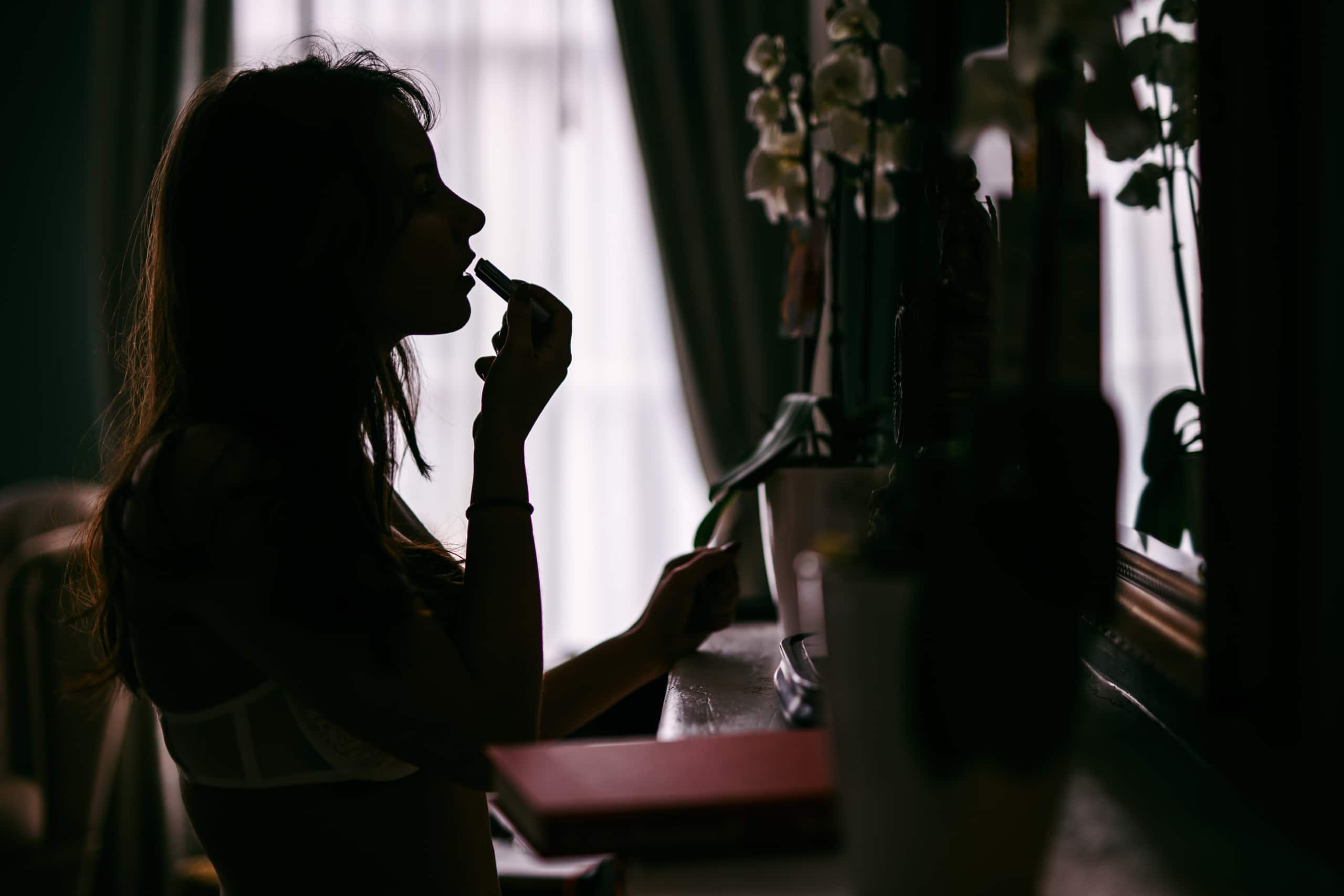
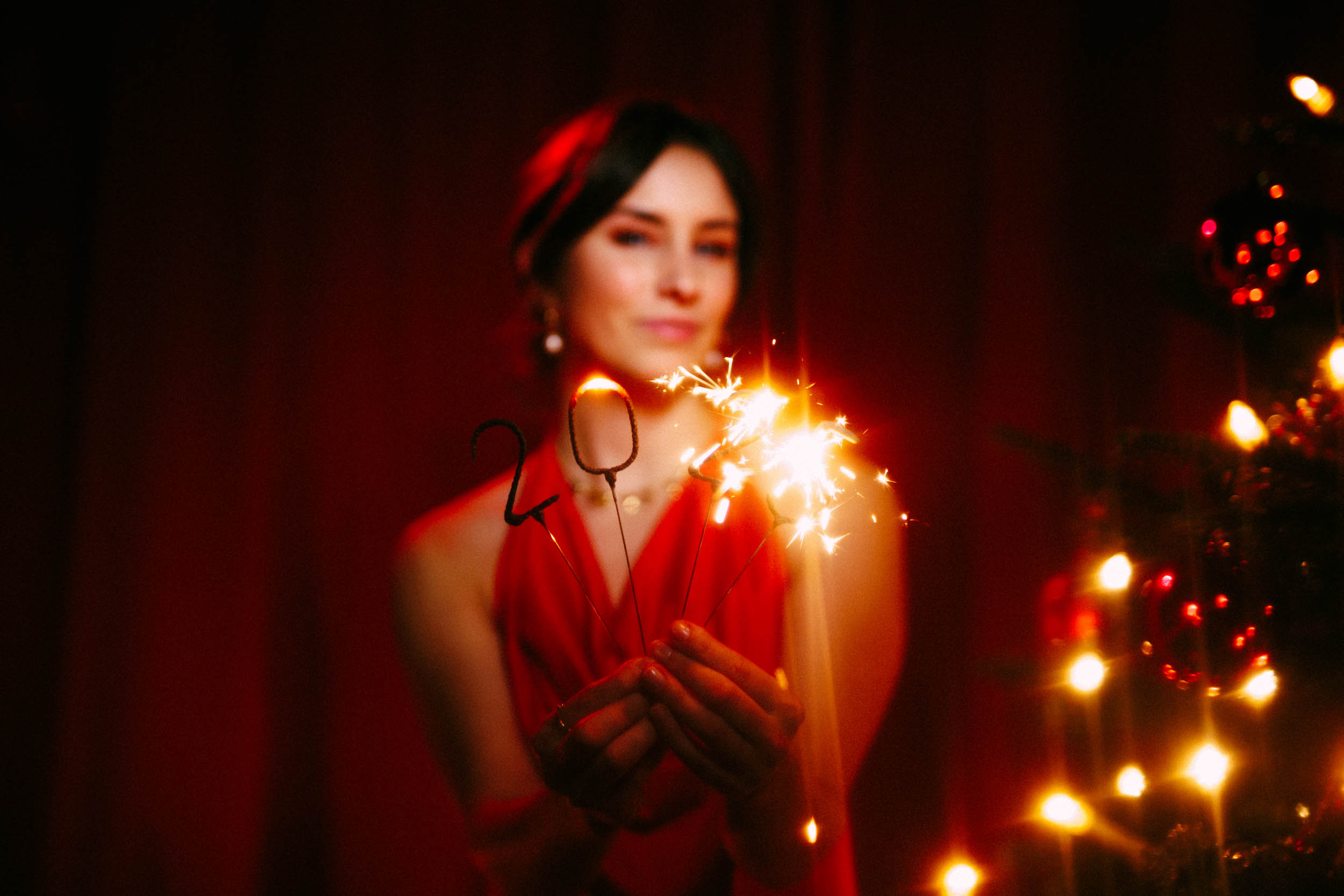



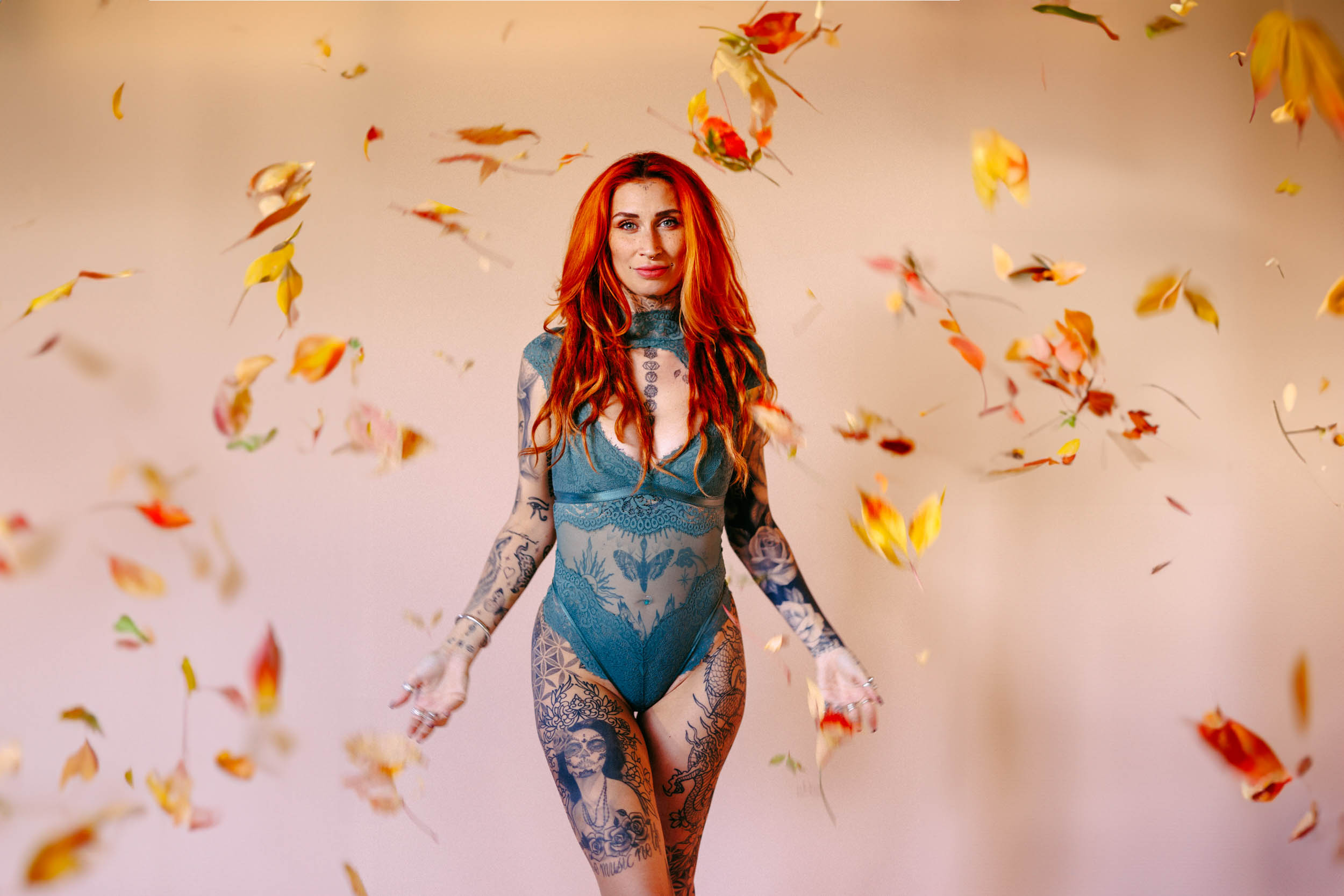

Social media